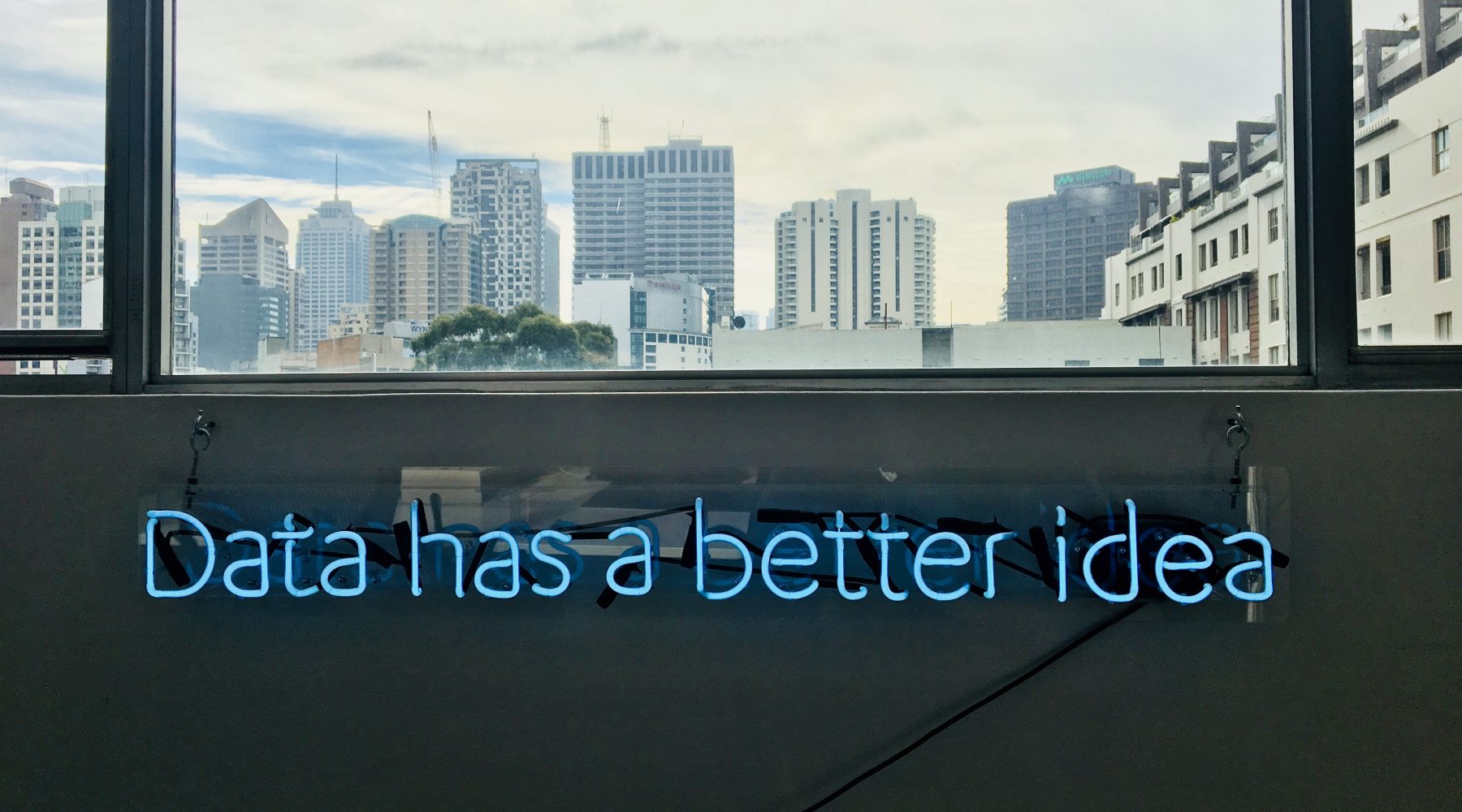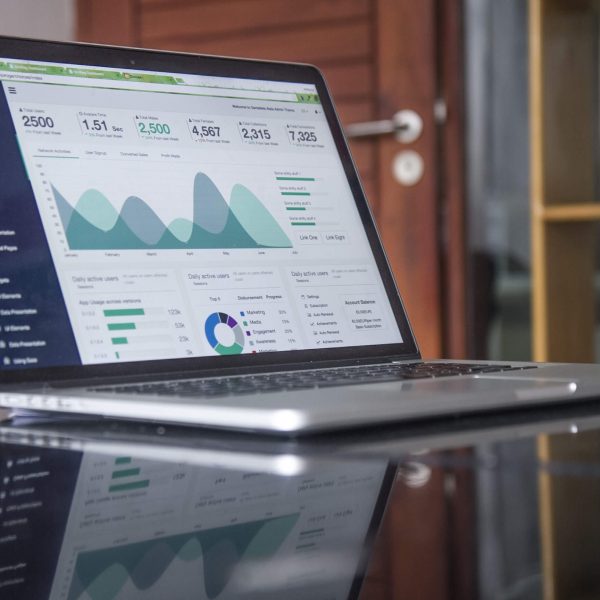How data is improving early education in Australia

All facets of education, including early childhood education and care (ECEC), are undergoing a digital transformation at a rapid pace. The introduction of tools like Google Classrooms, Webex and Class Dojo, as well as the shift towards remote learning, particularly during the COVID-19 pandemic, has seen an increased up-take of digital technologies by educators seeking to remain connected with the children they educate and care for, from home.
Today’s children have been born into the digital era and the integration of digital technologies into teaching methods will help prepare them for the demands of an ever-changing world. Recent trends have shown the demand for technology innovation within the education system is growing locally.
Educators working with children of all ages are now utilising data to curate personalised learning plans and assess individual growth, ultimately prioritising a child-centric approach. For those working in the ECEC sector, much of this data is available at a community level through the Australian Early Development Census (AEDC), and is then linked to quality improvement plans, as well as supporting educators to meet the requirements of the approved learning frameworks.
However, without the right data infrastructure in place, educators are unable to action results quickly and efficiently. To cater to the varying levels of development in early education, education and care professionals are going beyond traditional methods by taking a more customised, data driven approach.
The changing face of early education
The Australian Department of Education acknowledges the importance of making data-informed decisions that facilitate improved education outcomes and personalised learning. Data plays a key role in monitoring and benchmarking a child’s progress, as well as evaluating the best learning methods for each individual.
For those who are early childhood teachers, modern teaching methods are harnessing the transformative potential of data to uncover new approaches to customised learning. Data analytics and online platforms are enabling teachers and carers to adapt content to suit the unique preferences of their children. Personalised learning is becoming increasingly important to ensure high engagement from each individual. Emphasis has shifted from set curriculum, to supporting creativity, problem solving, decision making and collaboration – all of which are especially foundational skills during early childhood.
With online Learning Management Systems (LMS) and portals being heavily utilised, methods are becoming more tailored than ever before. However, a large proportion of education and care settings in Australia have difficulties with data integration due to limitations in their IT infrastructure, and limited support.
According to the Early Learning Association Australia, technology use within the early childcare sector remains at considerably low levels, despite the increasing demand to embrace digital technologies. A study undertaken by Pearson Education Australia revealed that currently only one in five educators are implementing tasks digitally, on a regular basis. The most significant barriers are familiarity with and access to digital technology to help improve workload efficiencies and engage students.
Education and care professionals require access to technology that supports their work processes, enables online learning and provides the ability to connect with parents and staff, now more than ever.
Harnessing the right data infrastructure
With new technologies comes a range of options for data setup. Hosting data relating to children’s learning and development on-premise for example, can come with costs associated with building and maintaining the equipment and providing physical security on site.
In addition, legacy or outdated software can limit the shareability of data and impede opportunities for improved experiences for both child and carer.
A co-location infrastructure means your data is managed by a third party rather than being located on-premise at the childcare centre. Co-location can provide a number of benefits; the setup can be tailored to support the technology being used in the classroom – for example, wireless devices, interactive platforms and of course student data – and the agile infrastructure allows for rapid transformation when new teaching methods are established.
Each option has its benefits and drawbacks, and education and care professionals are encouraged to undertake their own research, with the support of professionals in data management, to ensure that their systems are of high quality, secure, and aligned with their regulatory requirements under the National Quality Framework.
The current global health crisis means developing a clear plan that identifies the opportunities and risks at an operational level, as the first step. This makes having the right data infrastructure in place crucial.
As carers continue to integrate new technology into their interactions with children, new challenges and innovations will arise. With data acting as the catalyst for change, it is imperative that the early education sector gets the setup right. Data is key to empowering carers and ultimately, improving outcomes for childcare now and into the future.
Popular

Quality
Practice
Provider
Workforce
Reclaiming Joy: Why connection, curiosity and care still matter in early childhood education
2025-07-09 10:00:07
by Fiona Alston

Quality
Practice
Provider
Research
Workforce
Honouring the quiet magic of early childhood
2025-07-11 09:15:00
by Fiona Alston

Workforce
Policy
Quality
Practice
Provider
Research
ECEC must change now, our children can’t wait for another inquiry
2025-07-02 07:47:14
by Fiona Alston













